On our second day with Johanna, she guided us through the highlights of the National Museum of Archeology, Downtown Athens, and The Roman Agora, the ancient market place which includes many structures meant for gathering, the covered walkway, temples, churches, library, baths etc.
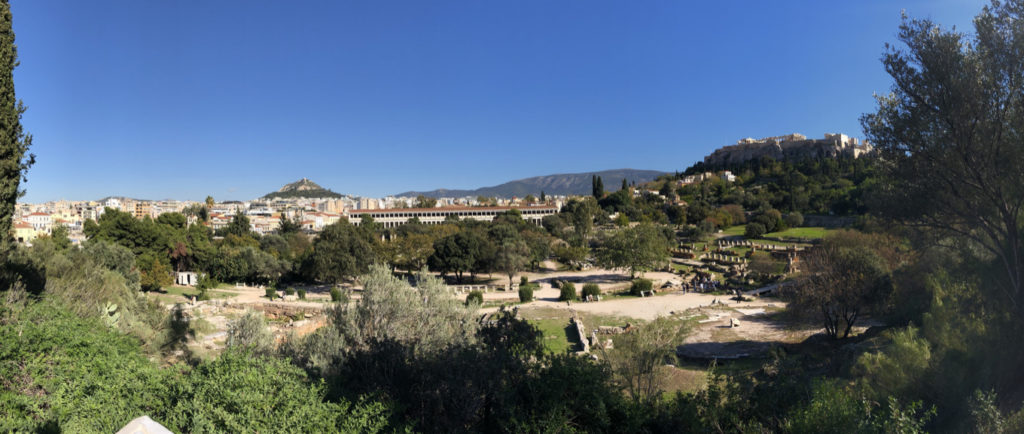
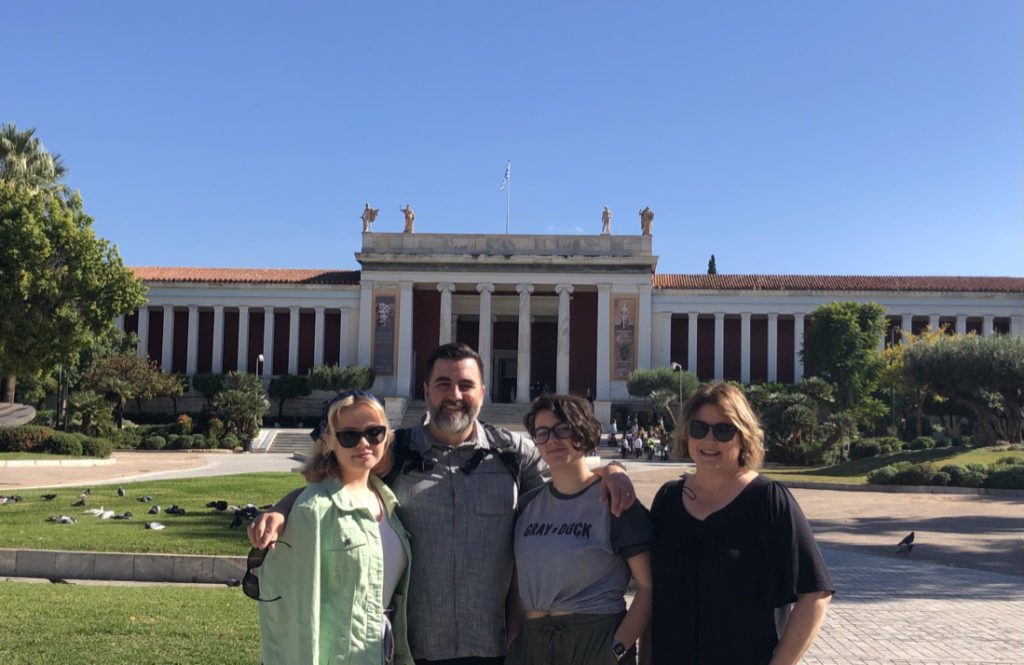
Museum of Archeology 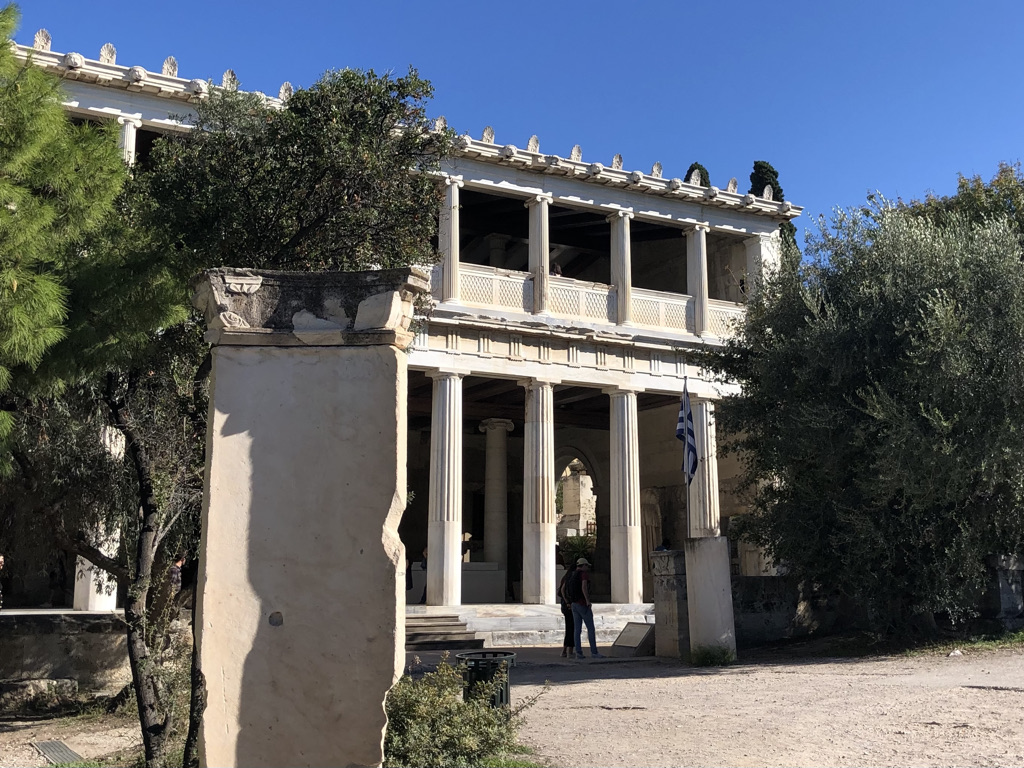
Stoa of Attalos
We explored sections of the original Dromos or Panathenaic Way, the route through Athens that most historical figures of the era would have walked. A new sculpture of Socrates meeting Confucius was unveiled this year “a symbolic meeting of two ancient cultures” celebrating 50 years of Greek-Chinese diplomatic relations.
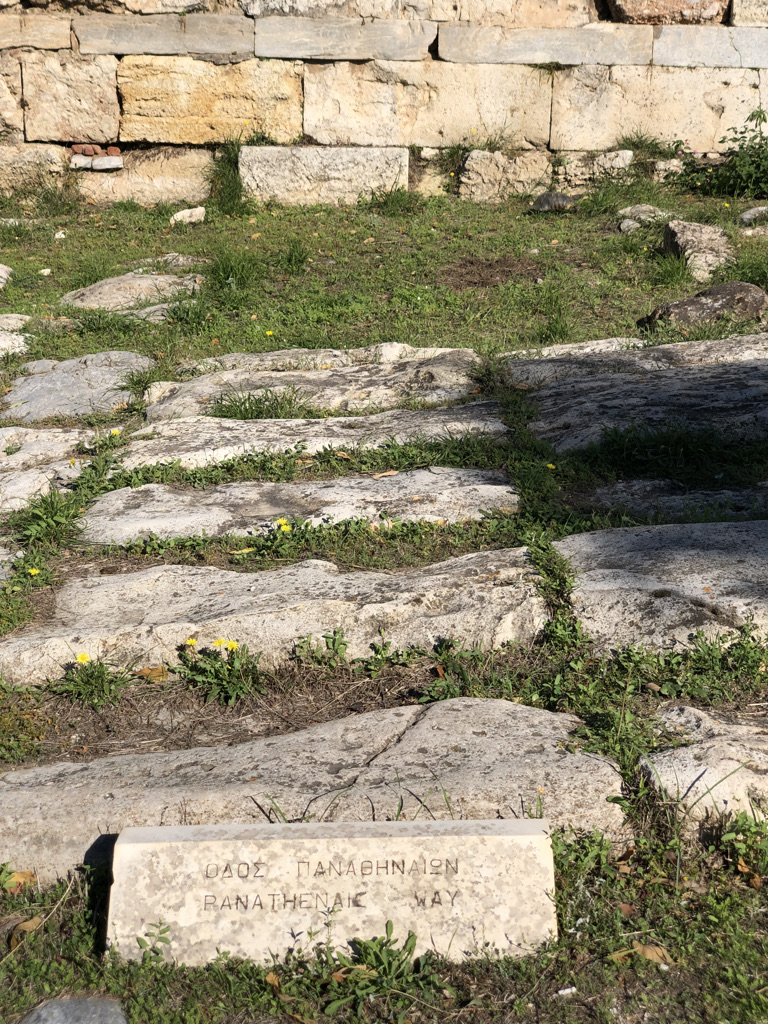
tortoise meandering along the wall 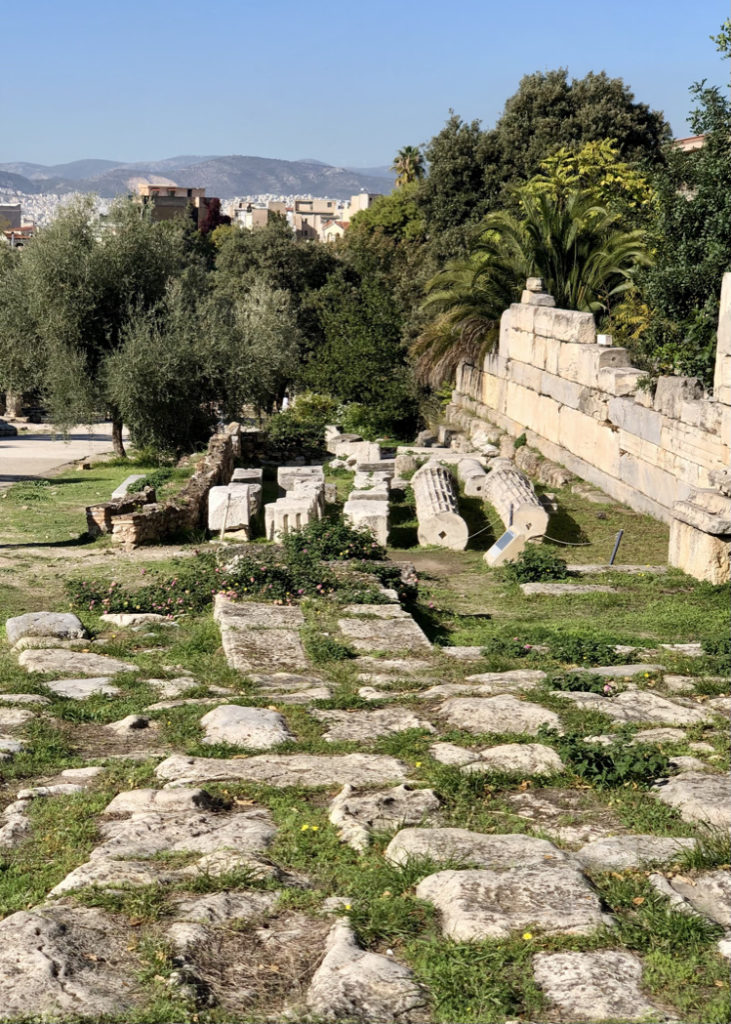
Panathenaic Way 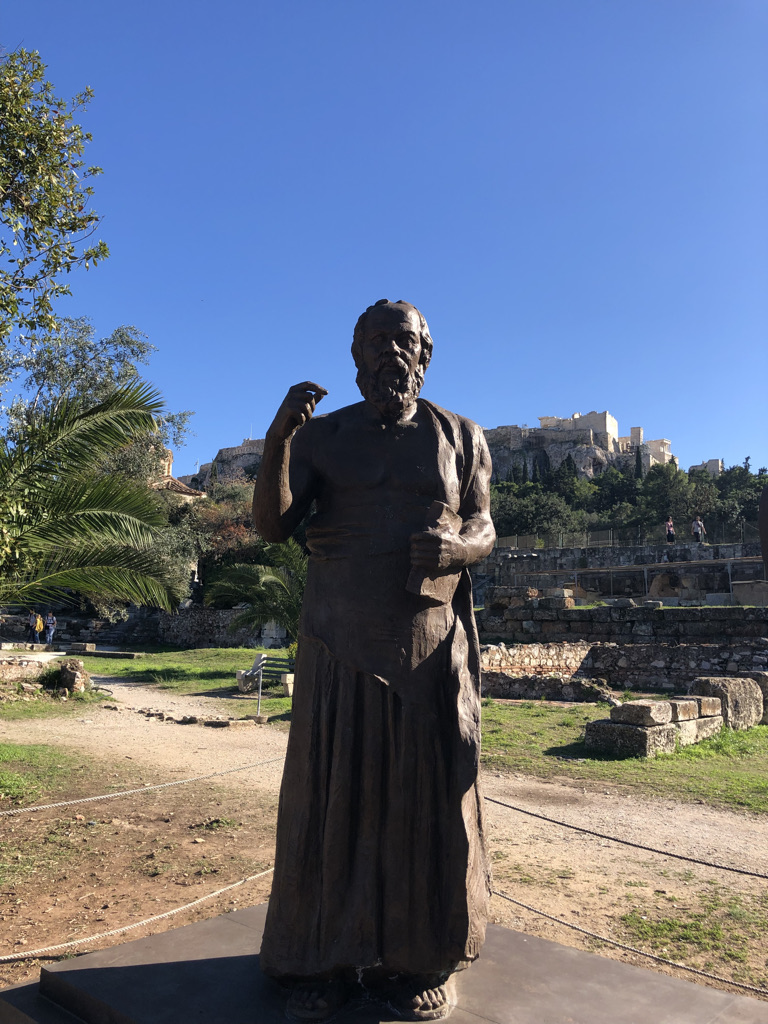
Socrates
There were lots of tortoises wandering around (see the one hiding on the path)! We think this is an adult and baby marginated tortoise. Amazing size difference, though. The adult was over a foot wide.
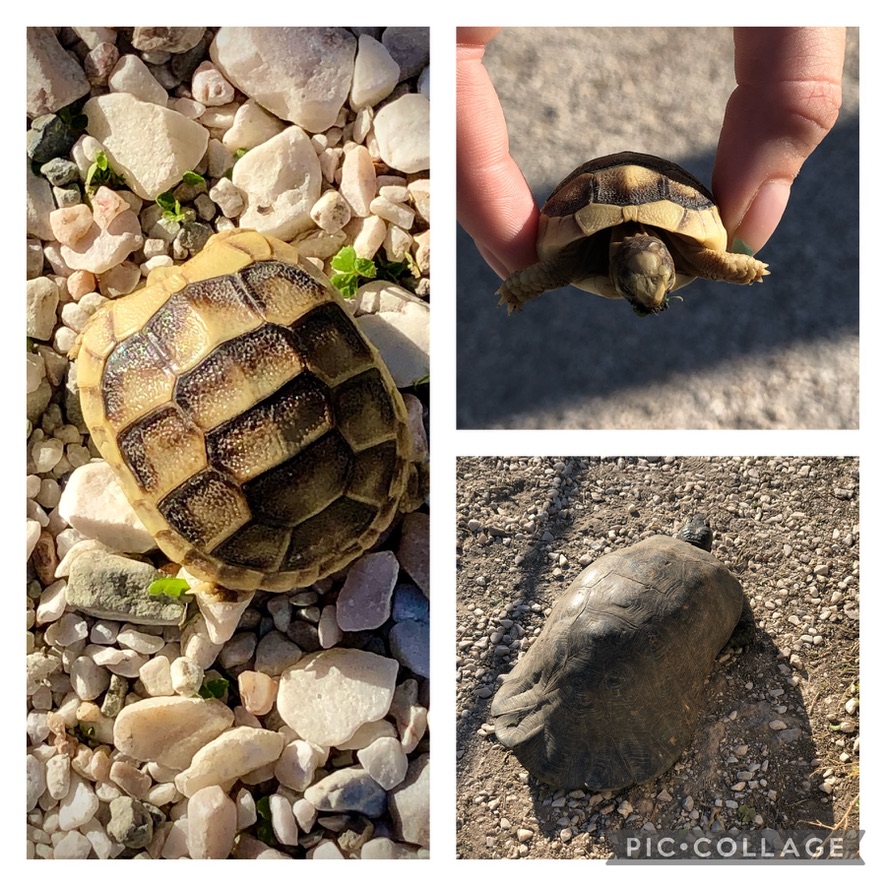
Greek tortoise- marginated 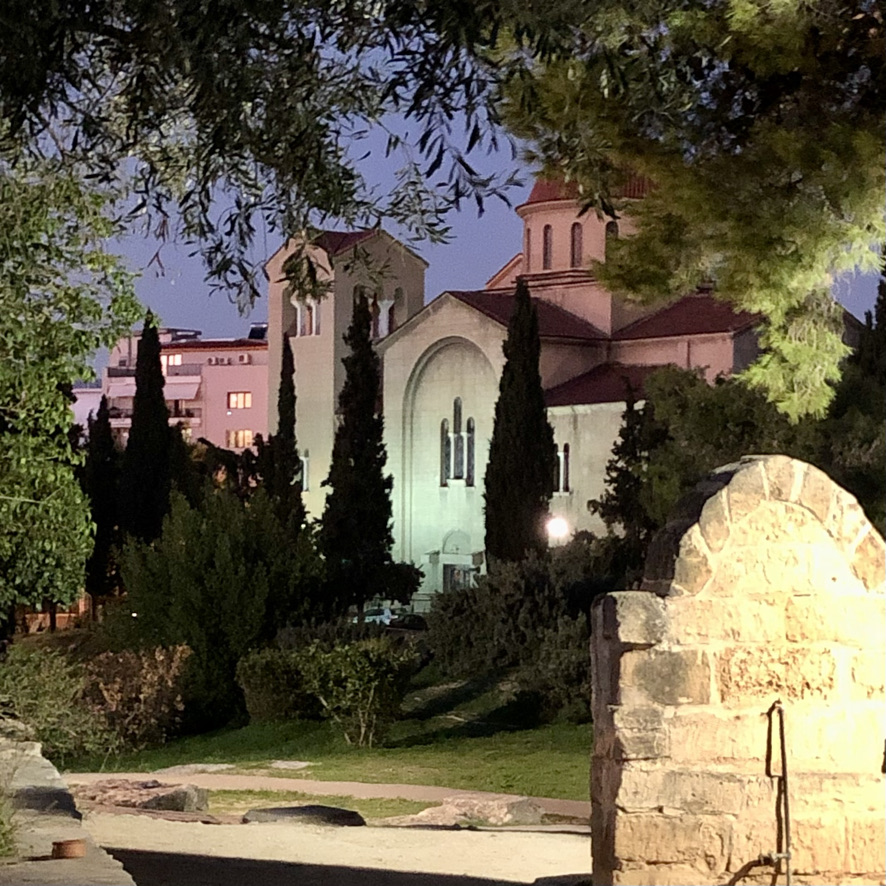
Kerameikos
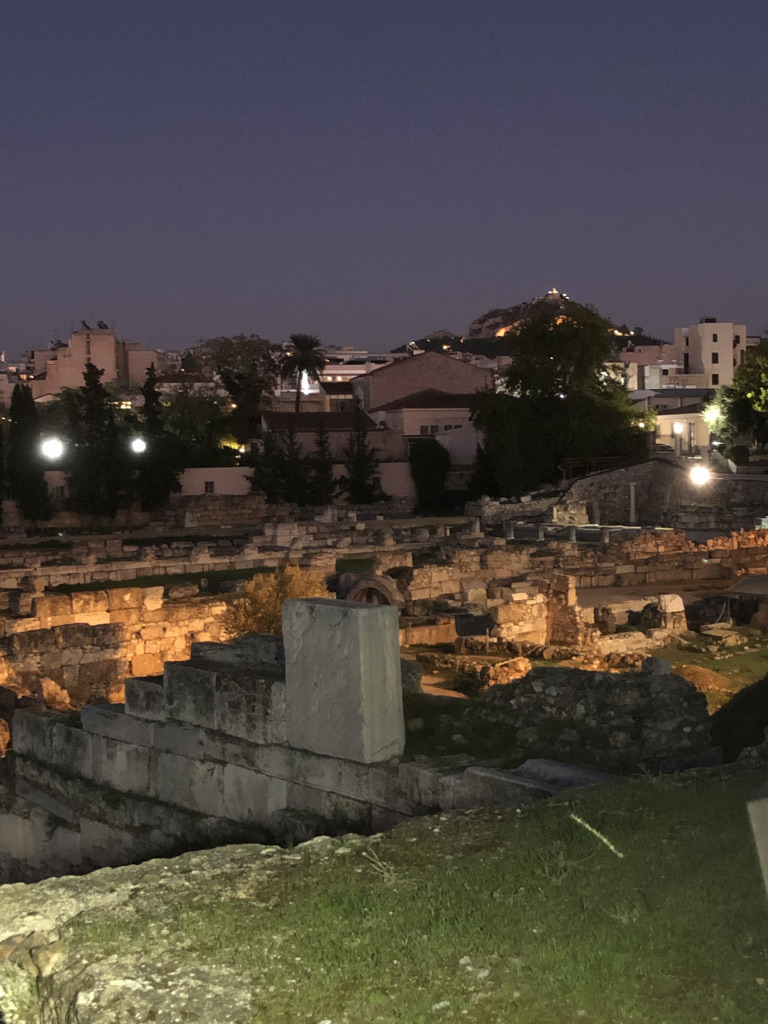
Kerameikos 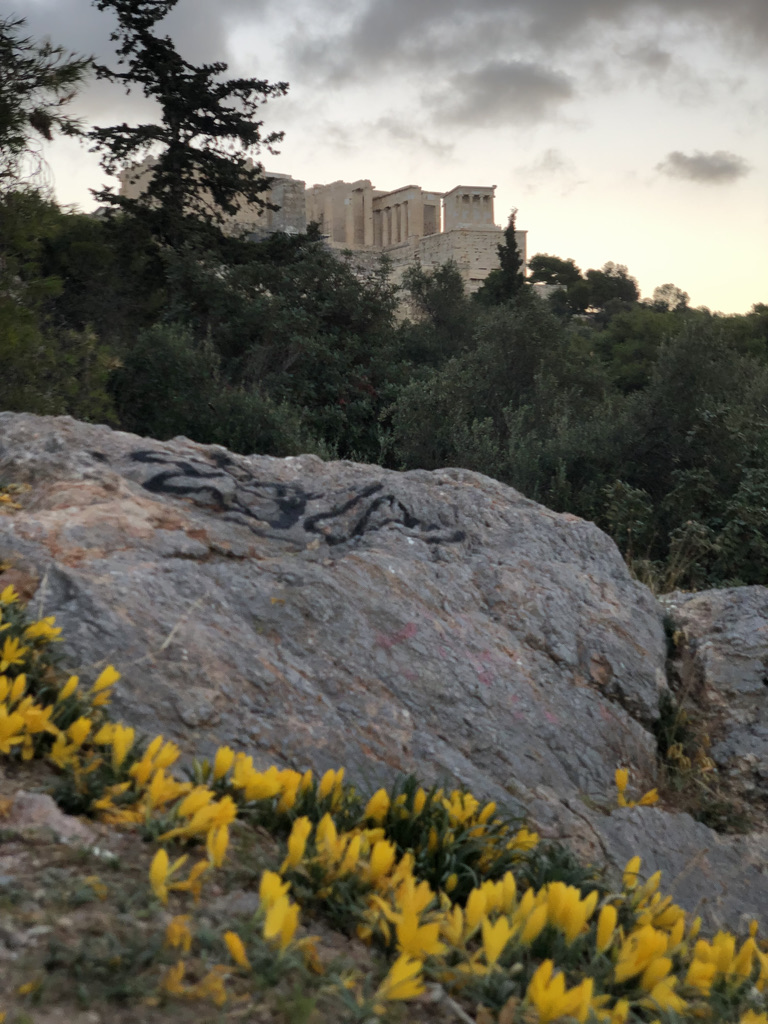
Areopagus 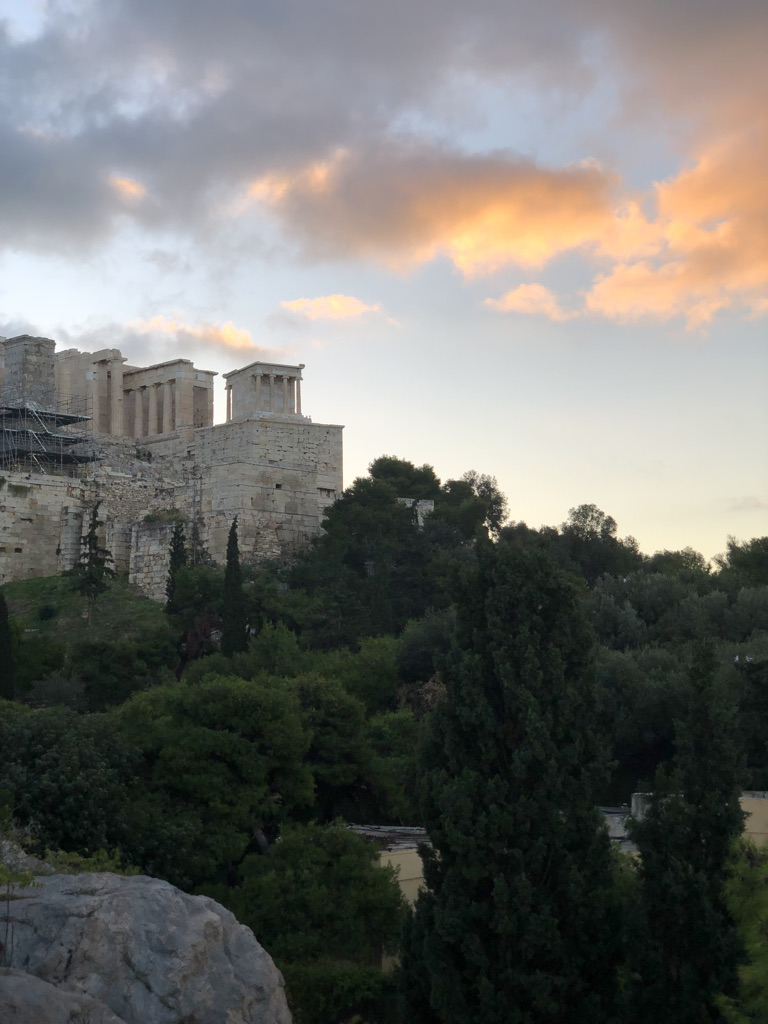
Hill of Ares
We made it to most of the major sites in Athens, but one we missed was an ancient cemetery and archaeological site, Kerameikos. A small downside of travel in the low season meant that sites were transitioning to winter hours. Even though it should have been open until 6:30, the guy working the gate said it was closed when we arrived near 6:00. We saw some of it from outside the fence, but obviously missed the museum. Too bad, because the ancient grave markers were some of my favorite items in the archeology museum. There are little stories depicted in some gravestones. Like the woman named Myrrhine, escorted by Hermes (winged feet) to the afterworld as her loved ones attempt to hold her back, indicating that she was young at the time of her death, around 420 BC. The middle stone depicts a mother saying goodbye to her baby. Some of these and similar graves were found at Kerameikos.
Another favorite was Hadrian’s library (more like a community center) where some of the original shelving/ niches can be seen in the wall. The library had capacity for around 16,800 papyrus books which could be checked out to reading rooms here. There were also transcription rooms, lecture halls, and even public restrooms. Johanna explained how they worked. Dating from the 2nd century BC, they were free or very inexpensive. It was fascinating and involved a clever system of running water, sea sponges and vinegar. Not bad considering that toilet paper was only invented relatively recently in 1857 and average homes didn’t have indoor plumbing until the 1950s.
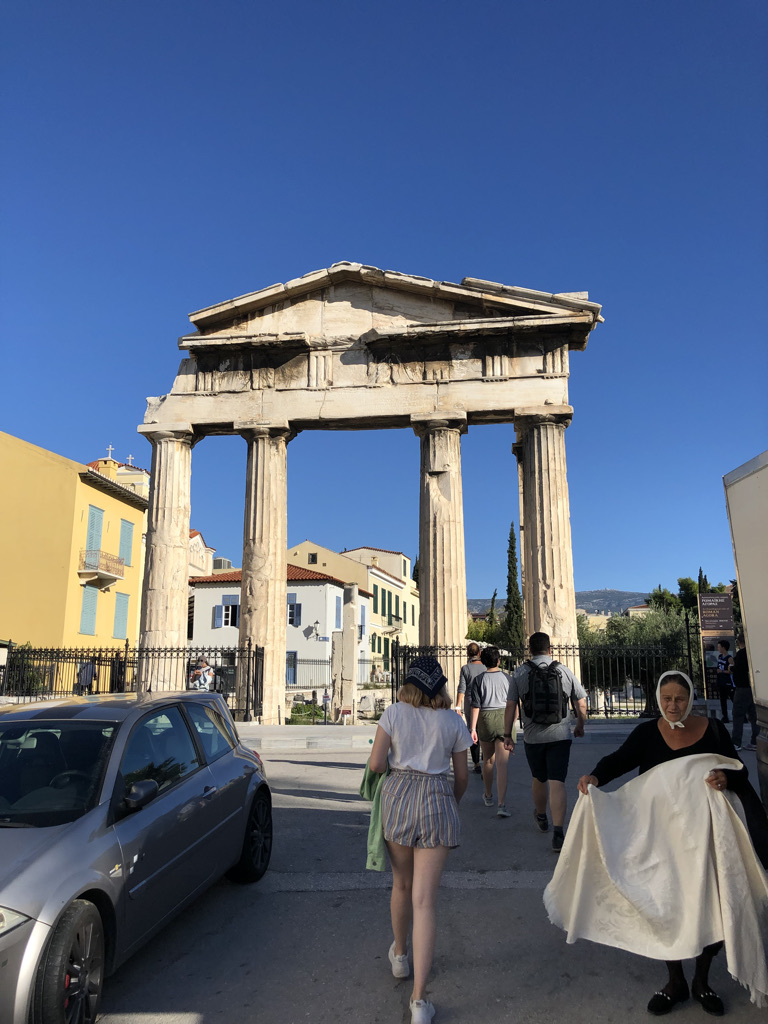
entrance to library 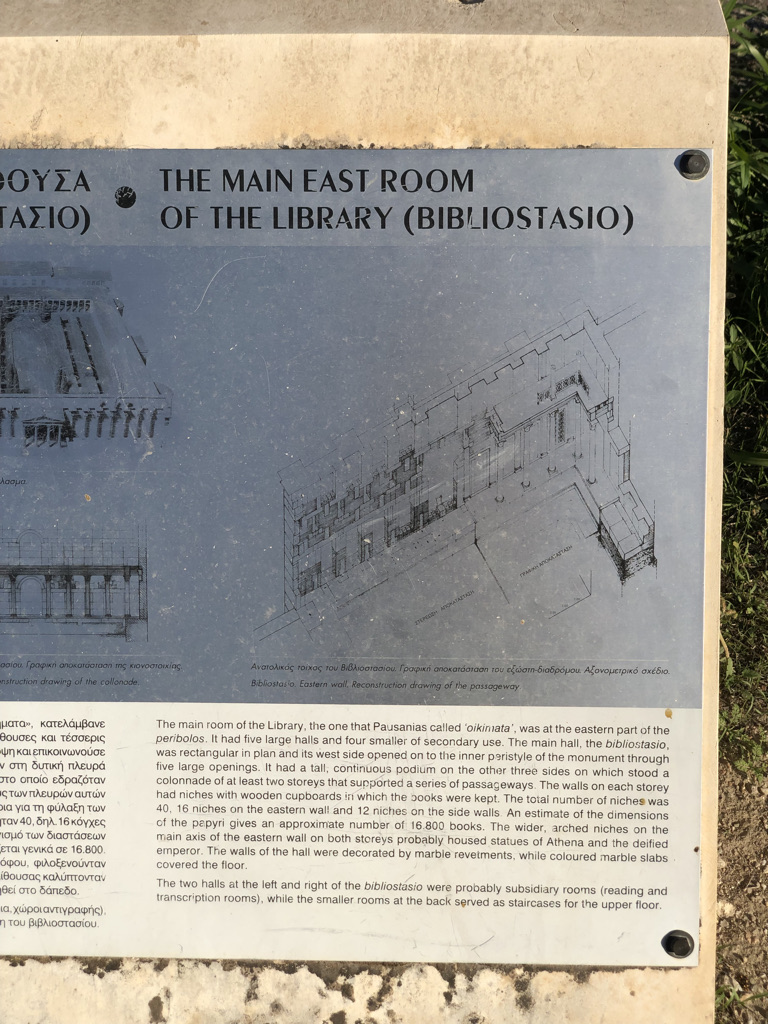
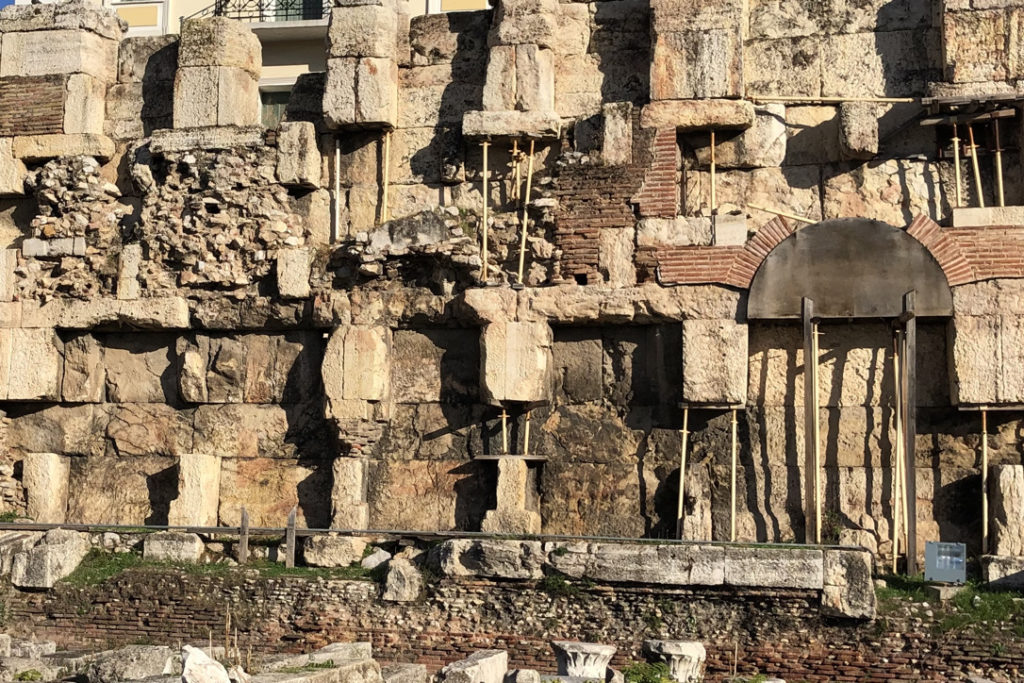
shelving / book niches 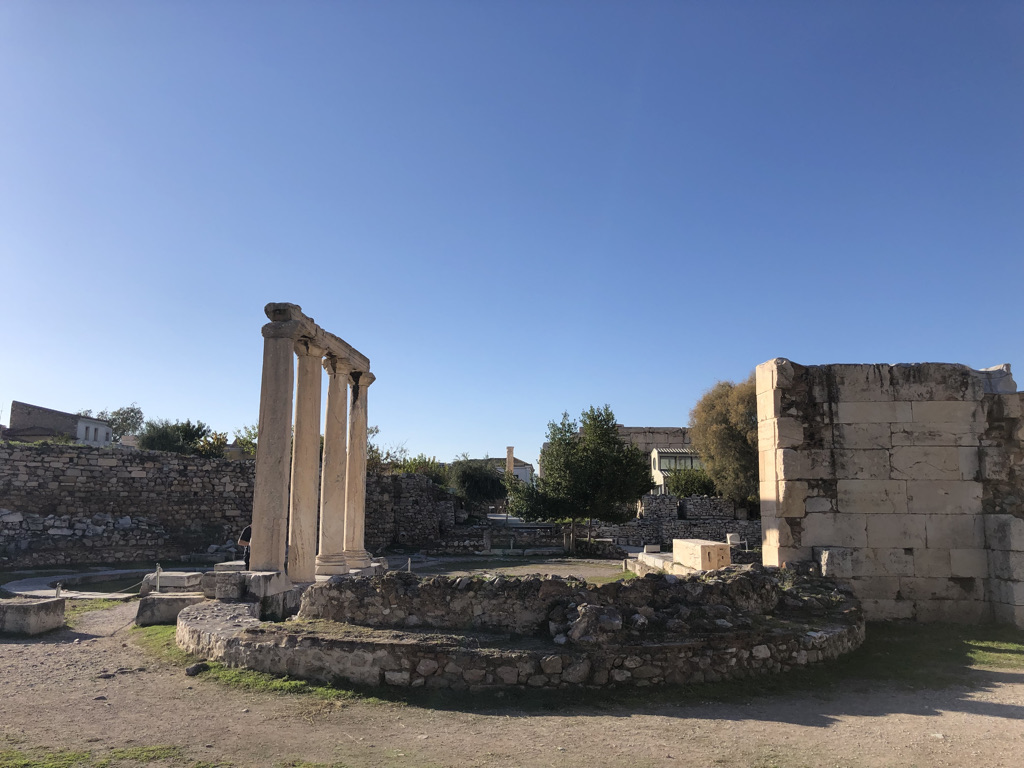
lecture hall 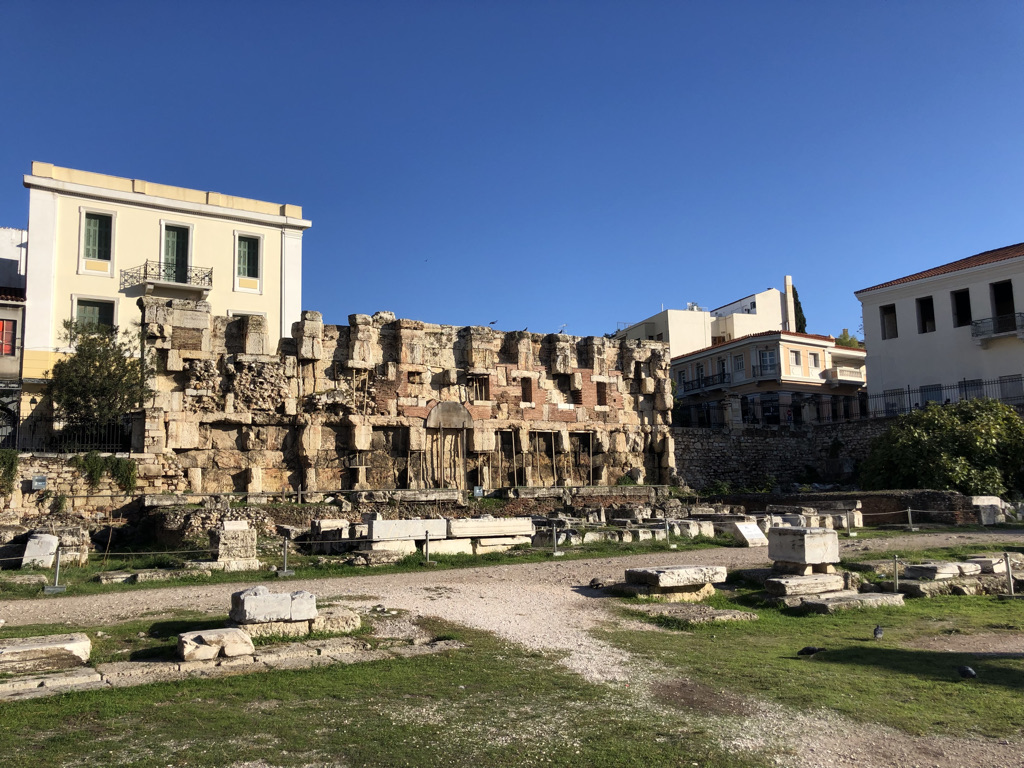
main library
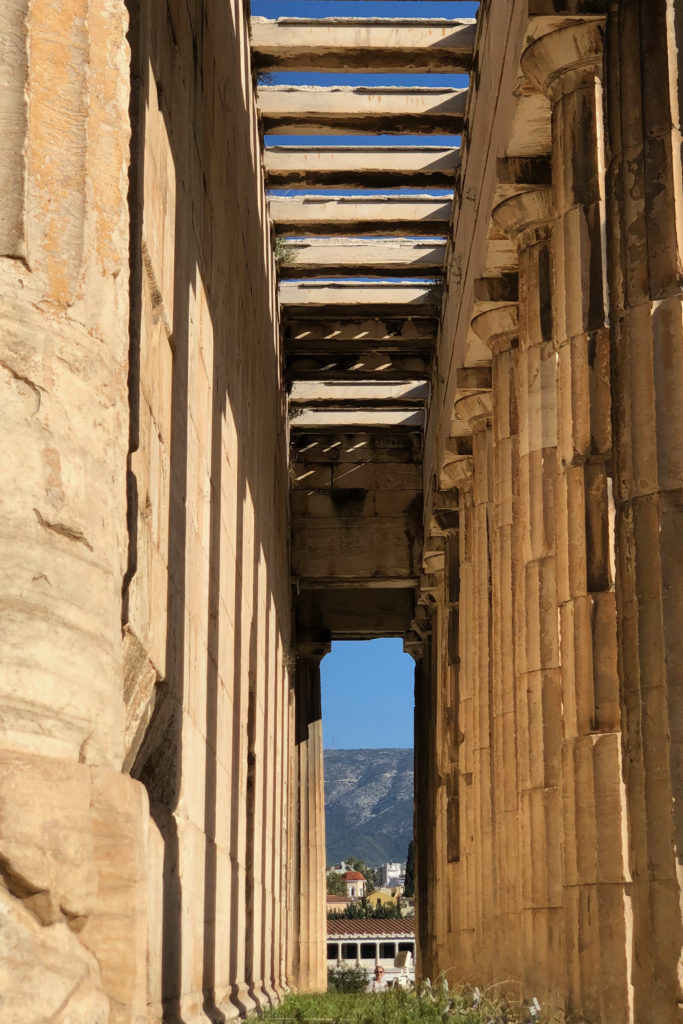
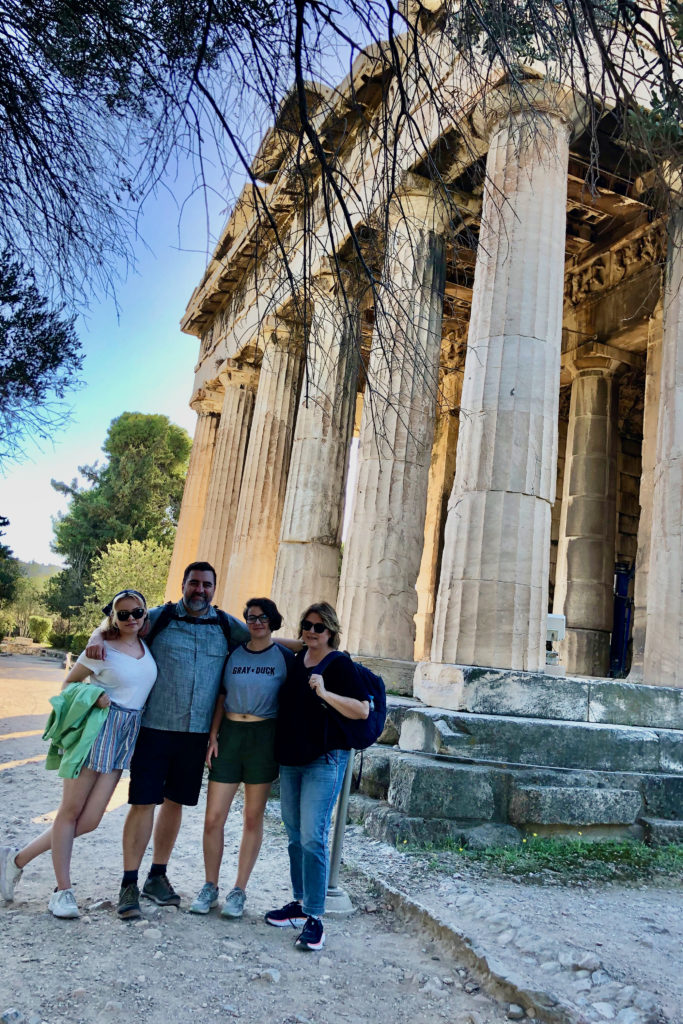
Temple of Hephaestus
And I’ll end with the view of Lycabettus Hill from Areopagus; my early morning adventure on our last morning in Athens. Not sure it was worth missing the breakfast buffet for this, but fomo made me do it! I did stop for my favorite classic greek yogurt with honey, pine and walnuts on the way back.
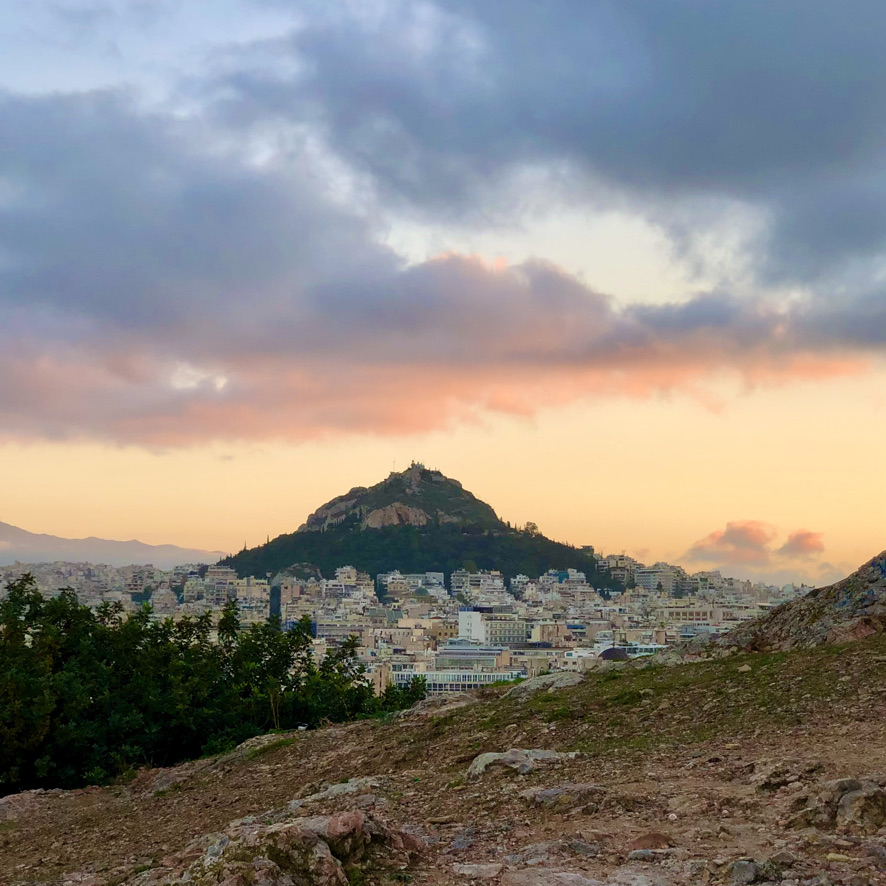
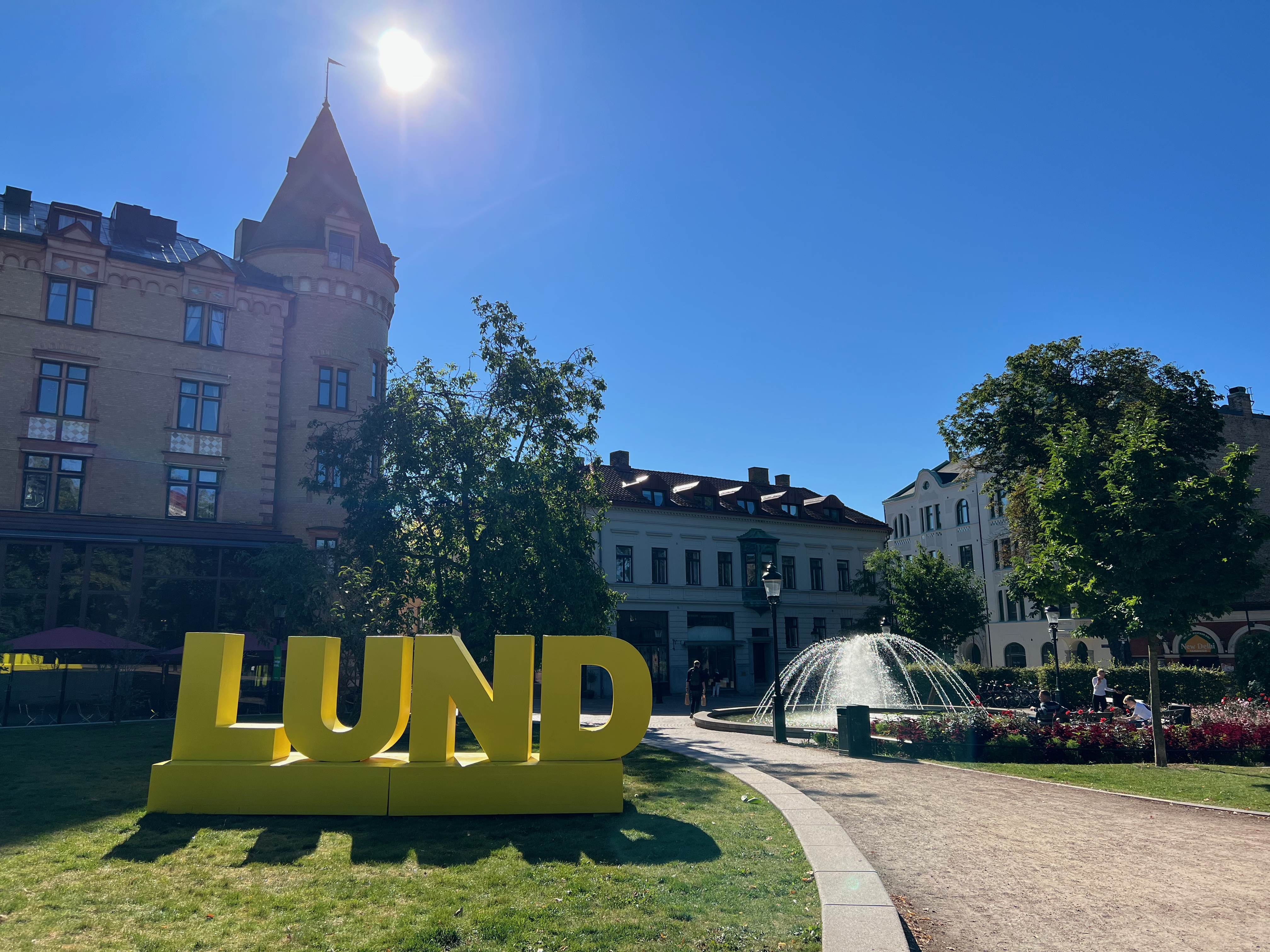
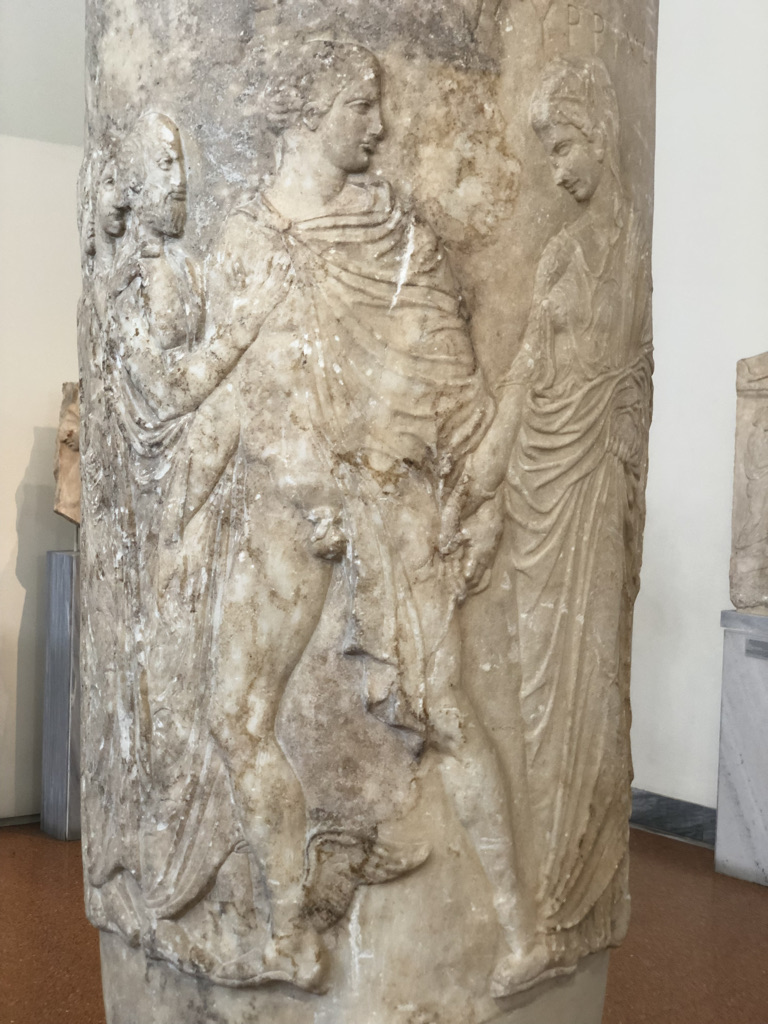
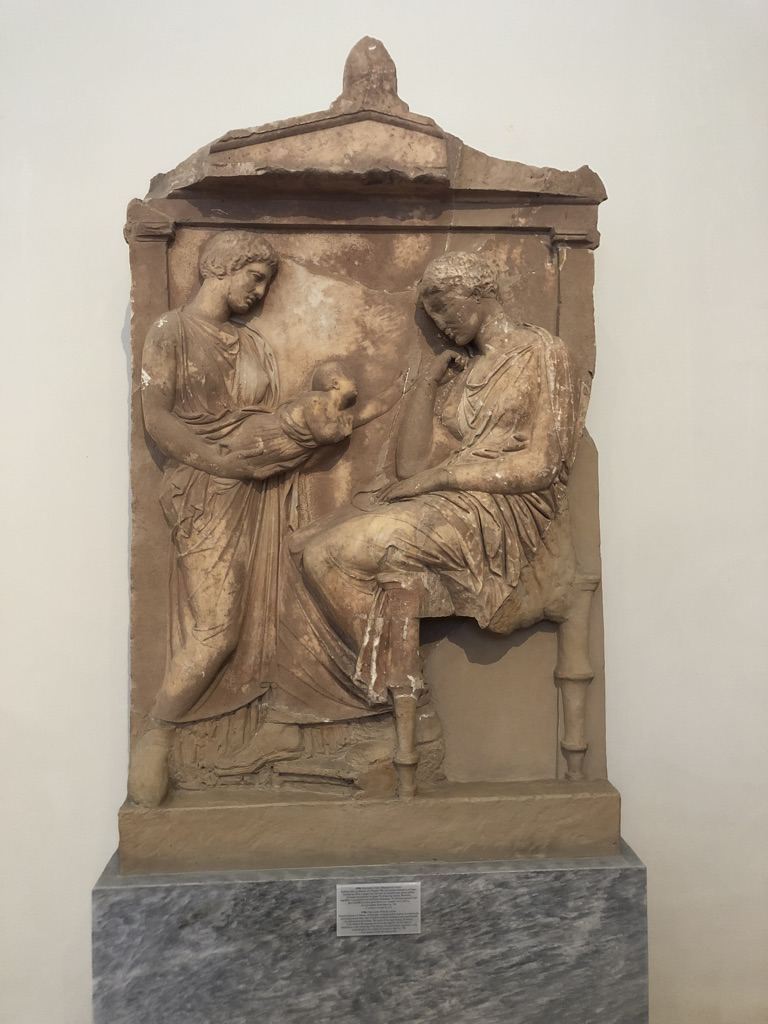
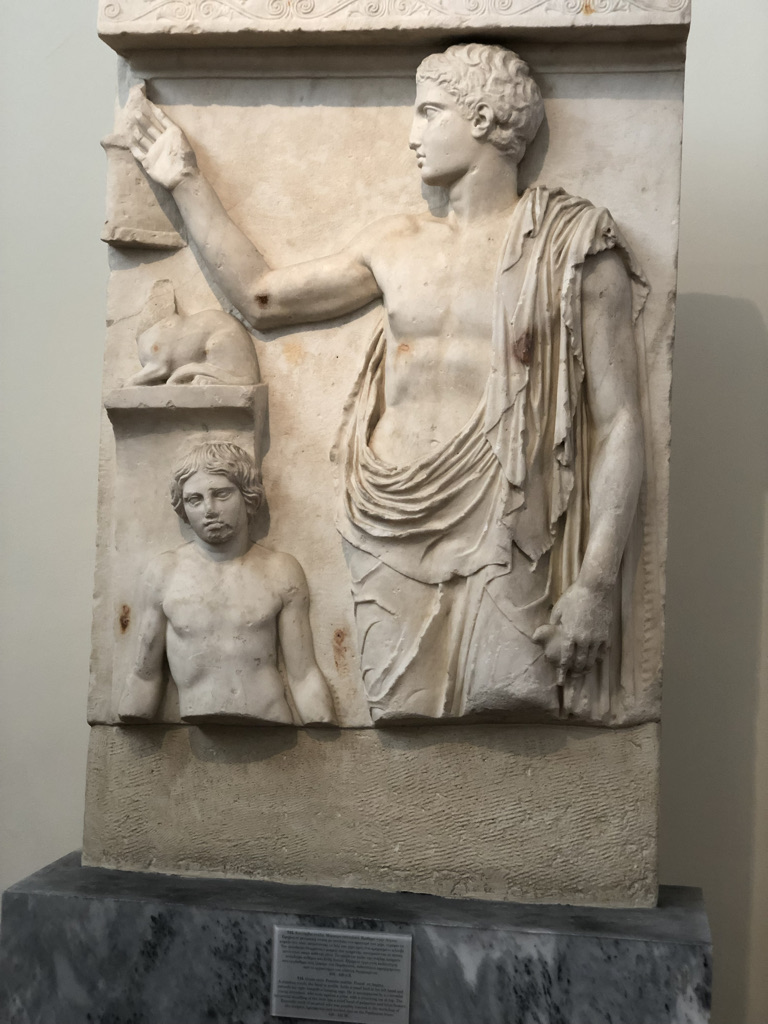
Leave a Reply